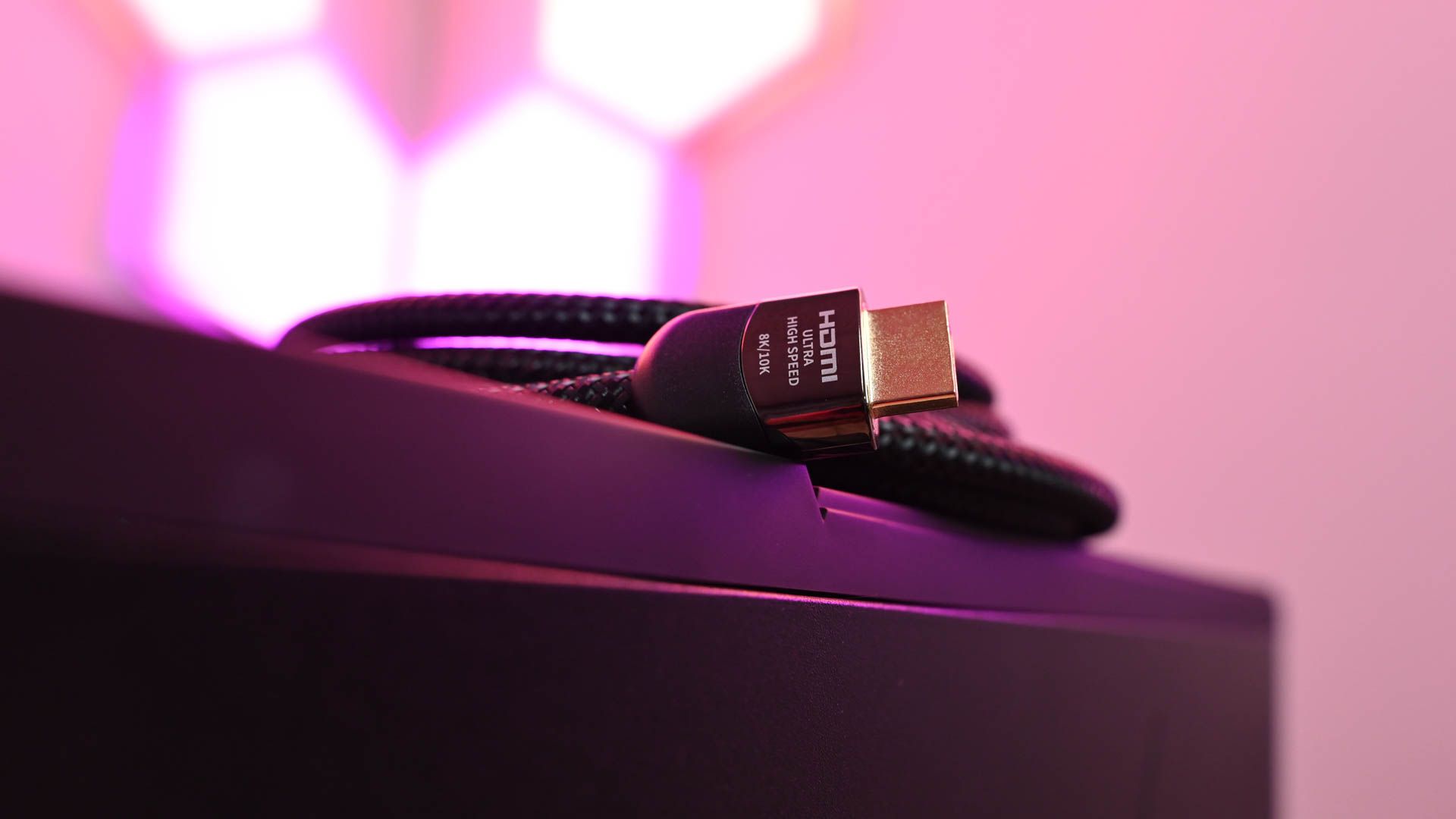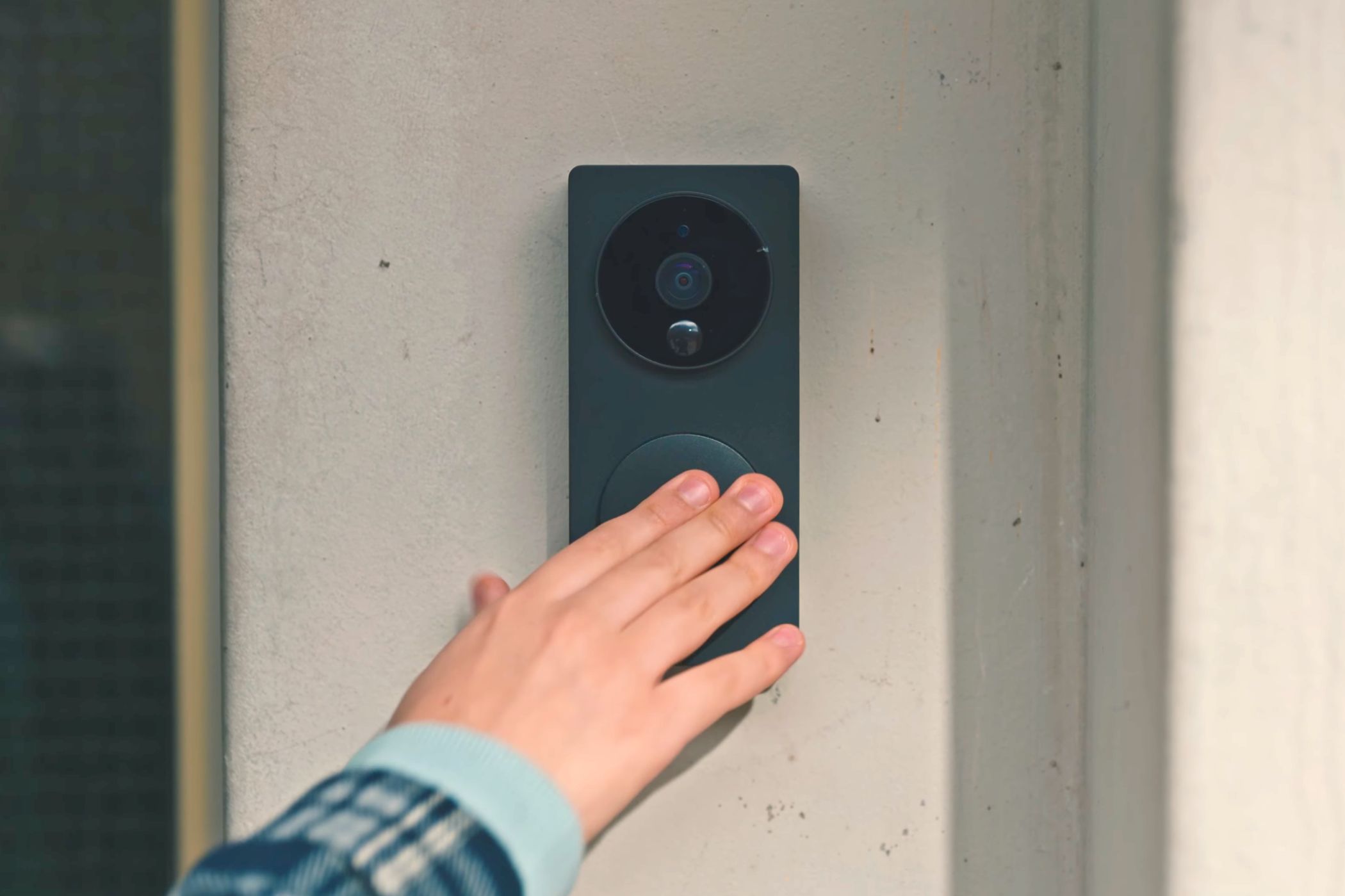The best defense against buyer’s remorse is to learn to spot a bad decision before you make it. Here are a few tricks you can use to be a more mindful shopper.
6
Buy Quality That Lasts
It can be tempting to save money from the outset by spending less, and sometimes that’s the only choice you have. While it’s not always possible on the strictest of budgets, spending more is often a better choice if it means you come away with a higher-quality item.
I used to buy cheap laptops, but all that changed when I switched to a MacBook over a decade ago. Since then, I’ve only spent big on two MacBook Pros, but they’ve both proved that my decision to go for the pricier option was the right one. I somehow kept one of them going for nine years.
Of course, you don’t need to switch to Apple to get a quality laptop, but the point stands: higher-quality materials like aluminum are more durable than plastic. Spending more on a full 1TB of storage and 32GB of RAM when I bought my current MacBook in 2021 has helped me avoid memory bottlenecks and ensures I don’t have to juggle free space.
Also worthy of consideration is the money you spend over the lifetime of a product. If you have to buy a new cheap laptop every two years, it makes more sense to spend more and get one that lasts you four years. Cheap products save you money on day one, but they can often cost you more over the lifetime of a product.
It’s also worth keeping the user experience in mind. If you depend on the item every day, quality of life matters. A cheap keyboard that creaks and flexes lacks the premium feel of something like the Keychron Q6 or Nuphy Gem80. It doesn’t matter how good budget headphones sound if they aren’t comfortable.

Nuphy Gem80
Gem80 packs the wireless performance of a gaming keyboard, a refined thocky sound signature, and an abundance of part choices into its splendidly polished aluminum chassis.
5
Be Skeptical of Sales Events
This goes hand in hand with the last point, but avoid impulsively buying items that appear to be good value due to a discount. Retailers like Amazon have been accused of raising prices before sales events like Black Friday, to give the illusion of bargain prices when the sales roll around.
One way to beat this is to use Google Chrome’s price tracker to monitor items you want to buy beforehand. Alternatively, you can install browser extensions like Keepa which show price histories on a graph for billions of Amazon products.
Sometimes, the most compelling price drops are on no-name items that should probably be avoided. For example, no-name smart home gadgets could compromise network security, so it’s best to make sure your purchases are carefully considered and that you don’t get carried away.

Related
Don’t Waste Your Money on No Name Smart Home Brands This Black Friday
Beware the hidden costs of cheap smart home tech.
Delaying or foregoing a purchase altogether is better than wasting your money on something that isn’t worth it just because the price seemed too good to be true.
4
Read Reviews (and Learn to Spot Fakes)
Product rating systems and reviews can seem reassuring, which is especially true for reviews that appear on retailer’s websites. Seeing that four-and-a-half star rating can be enough to convince you that a product is worth it, but these systems are sadly susceptible to manipulation.
Fake product reviews have been a big problem for a long time. Fortunately, there are a few things you can do to spot suspicious reviews. Watch out for reviews that all appear on the same date, be weary of text that sounds like it came from a tool like ChatGPT, look for repeated phrases or words, and be suspicious of the accounts leaving the reviews.
You can use a tool like Fakespot to check websites like Amazon, Shopify, and eBay for fake reviews. You should also be mindful that “verified buyer” doesn’t hold the weight you might think it does with the rise of “brushing” scams in which companies buy their own products in a bid to inflate the weight of their reviews.

Related
Brushing Scams: Here’s Why You’re Getting Random Packages
You didn’t order that potato peeler, but somebody did.
While it’s not always possible for smaller items like charging cables or adapters, turning to a trusted review website for honest opinions is a good idea for large purchases. We review all sorts of items here at How-To Geek, where writers are paid for the time they spend evaluating the product not the outcome.
For big-ticket items then take a look at websites like RTINGs, which use standardized testing methodologies to make comparing items easy.
3
Use the Return Window
Return windows look great on paper, but they’re only useful if you actually make use of them. How many times have you bought something under the pretense that you can return it, only to forget that’s an option once it arrives in the mail?
Two of the biggest companies to offer generous return windows are Amazon and Apple. Make no mistake, these policies exist to convert you into a customer and not for your benefit. You’re more likely to complete the purchase if you know that you can reverse your decision, but many of us never take the opportunity to do so.
So while you should absolutely make sure that your purchase is a considered and worthwhile one, you should also not hesitate to make use of these policies when they are offered to you. Just be honest with yourself while you evaluate the product, and try not to get too attached.
And whatever you do, resist making impulse purchases under the condition that you’ll just return it if you don’t like it.
2
Don’t Fall for the Upsell
Upselling is something you probably associate with in-person salespeople, and you’d be right. But most of us do our shopping online now, especially when it comes to tech. Retailers know this, and they’ve become especially good at tempting us to pick up more items than we need.
When you’re making a large purchase, like a new graphics card for your PC, it can be tempting to add a few extra smaller items to your order. Retailers know this, and they’ll often hit you with the “other customers also bought” or “you might also need” prompts as you move to complete your order.
This could be anything from a charging cable or power adapter to thermal paste or case fans. Unless you know that you need the item, you’re better off resisting. An extra $20 on a $1000 shopping cart doesn’t seem like much, but ask yourself if you’d consider spending that $20 outright in a separate purchase.
The items chosen are rarely the best-value examples of their kind. This is one reason a salesperson might try and shift an expensive HDMI cable when you’re buying a TV. Don’t fall for it, especially considering the best HDMI cables cost less than a month of Netflix.
1
Right Before Checkout, Run Through a Few Questions
Online shopping can be effortless and addictive. This can lead you to getting carried away and not being a discerning shopper since all it takes is a few clicks and things show up at your door like magic. To avoid regret, run through a few questions before you buy.
Will the product work with your existing tech? It doesn’t make much sense to buy an Alexa smart speaker if you’ve chosen to use an Apple smart home ecosystem. Understanding a power bank’s true capacity can help you decide whether it’s a good fit for your smartphone.
Do you have a use case in mind, and will your purchase still be useful six months from now? If you’re buying a memory card for your Nintendo Switch, you might want to consider spending a bit more on a microSD Express card which Nintendo is rumored to be using in the Switch 2 when it launches.
Have you factored in additional hidden costs? There are smart doorbells that don’t require pricey cloud subscriptions, or you can opt for a model that uses HomeKit Secure Video if you’re an iCloud+ subscriber. These sorts of additional purchases are common, even for all-in-one devices like the Meta Quest 3 VR headset.
And lastly, it’s also worth considering any devices you are replacing. If you can easily sell whatever it is you’re replacing, does that affect your purchasing decision? Second-hand MacBooks hold a fair bit of value, so maybe you can afford that storage upgrade after all?
Buyer’s remorse isn’t buying a quality item that puts a dent in your wallet. It’s buying an item on impulse, that you don’t need, that breaks or never works properly. It’s also something you can usually see coming. Good luck out there!









